Table of Contents
Introduction
Stadium lighting plays a pivotal role in enhancing the overall experience of sporting events, ensuring optimal visibility for players and spectators alike. As technology continues to evolve, LED stadium lights have emerged as a game-changer in the field of sports lighting. At Logos Lighting, we understand the significance of providing tailored lighting solutions to meet the diverse needs of sports venues. With a focus on customized lighting solutions, we aim to illuminate stadiums and outdoor arenas with the brilliance and efficiency of LED technology. Join us as we delve into the world of LED stadium lights and explore their transformative impact on sports illumination.
What are Stadium Lights?
Stadium lights refer to the powerful lighting fixtures installed in sports venues, including stadiums, arenas, and outdoor fields, to provide adequate illumination during events and activities. These lights are designed to ensure optimal visibility for players, officials, and spectators, facilitating safe and enjoyable sporting experiences.
The primary purpose of stadium lights is to overcome the challenges posed by low-light conditions, such as evening games or indoor events. By delivering uniform and high-intensity illumination across the playing surface, stadium lights enhance visibility, enabling athletes to perform at their best and spectators to fully engage with the action.
Proper lighting in sports venues is essential for several reasons:
- Safety: Adequate illumination helps prevent accidents and injuries by ensuring clear visibility of the playing area, boundaries, and potential hazards.
- Performance: Well-lit environments enable athletes to see clearly and react quickly, optimizing their performance and minimizing errors during gameplay.
- Spectator Experience: Proper lighting enhances the viewing experience for spectators, allowing them to follow the action on the field or court with ease and clarity.
- Broadcasting: High-quality lighting is crucial for television broadcasts and live streaming, ensuring optimal image quality and viewer engagement.
Where are Stadium LED Lights used?
Stadium lights find extensive use in a variety of sports venues and outdoor areas where adequate illumination is essential for activities and events. Some common applications include:
- Sports Stadiums: Stadium lights are prominently used in large sports stadiums and arenas hosting events such as football, soccer, baseball, basketball, and hockey. These venues require powerful lighting systems to ensure optimal visibility for players, officials, and spectators, especially during evening or indoor games.
- Outdoor Fields: Stadium lights are installed in outdoor fields used for various sports and recreational activities, including soccer fields, rugby pitches, tennis courts, and track and field facilities. These lights enable evening games and training sessions, extending playing hours and accommodating athletes’ schedules.
- Indoor Arenas: Indoor sports arenas and gymnasiums utilize stadium lights to provide consistent and uniform illumination for indoor sports like basketball, volleyball, gymnastics, and wrestling. Proper lighting enhances visibility and performance while creating a conducive environment for competitions and training.
- Recreational Facilities: Public parks, community centers, and recreational complexes often feature outdoor areas equipped with stadium lights for nighttime activities such as jogging, walking, and recreational sports leagues. These lights promote safety and accessibility, allowing individuals to engage in outdoor pursuits after dark.
- Commercial Venues: Stadium lights are also utilized in commercial settings such as outdoor amphitheaters, concert venues, and event spaces hosting performances, concerts, and cultural events. Proper lighting enhances the ambiance, visibility, and overall experience for attendees, ensuring successful and memorable events.
The Different Types of Stadium Lights
Stadium lighting technology has evolved significantly over the years, with traditional lighting systems giving way to more efficient and versatile LED solutions. Here’s an overview of the different types of stadium lights:
-
Traditional Lighting vs. LED Lighting:
- Traditional stadium lighting typically involves metal halide or high-pressure sodium fixtures, which produce light by passing electricity through a gas or vapor. While these systems have been widely used in the past, they come with drawbacks such as high energy consumption, shorter lifespan, and slower warm-up times.
- In contrast, LED stadium lights utilize light-emitting diodes (LEDs) to produce illumination. LED technology offers numerous advantages over traditional lighting, including higher energy efficiency, longer lifespan, instant startup, better color rendering, and directional light output.
-
Types of LED Stadium Lights:
- Floodlights: LED floodlights are versatile fixtures designed to illuminate large areas with a wide beam spread. They are commonly used for general lighting in outdoor sports venues and can be mounted on poles or structures surrounding the field.
- High Mast Lights: LED high mast lights are powerful fixtures mounted on tall poles or structures to provide overhead lighting for large outdoor areas such as stadiums, parking lots, and airports. These lights offer superior coverage and uniformity, making them ideal for high-ceiling applications.
- Area Lights: LED area lights are designed to evenly illuminate outdoor spaces such as parking lots, walkways, and plazas surrounding sports venues. They provide security and visibility while minimizing energy consumption and maintenance costs.
-
Advantages of LED Technology in Stadium Lighting:
- Energy Efficiency: LED stadium lights consume significantly less energy than traditional lighting systems, resulting in lower utility bills and reduced environmental impact.
- Longevity: LED fixtures have a much longer lifespan compared to traditional lights, reducing the frequency of maintenance and replacement.
- Instant On/Off: LED lights offer instant startup and can be dimmed or controlled dynamically, providing flexibility and convenience for lighting management.
- Enhanced Performance: LED technology delivers superior light quality, color consistency, and glare control, improving visibility and enhancing the overall spectator experience.
- Customization Options: LED stadium lights come in various wattages, beam angles, and color temperatures, allowing for customized lighting designs tailored to the specific requirements of each venue.

Benefits of LED Stadium Lights
LED stadium lights offer a range of benefits compared to traditional lighting systems, making them the preferred choice for modern sports venues. Here are some key advantages:
-
Energy Efficiency and Cost Savings:
- LED technology consumes significantly less energy than traditional lighting systems, resulting in substantial cost savings on electricity bills.
- The efficient operation of LED stadium lights translates to lower maintenance and replacement costs over time, reducing the total cost of ownership.
-
Enhanced Brightness and Visibility:
- LED fixtures produce high-quality, uniform illumination, ensuring optimal visibility for players, spectators, and broadcast cameras.
- The bright and crisp light output of LED stadium lights enhances the overall atmosphere of the venue, creating an immersive and engaging experience for attendees.
-
Longevity and Durability:
- LED lights have an exceptionally long lifespan, typically lasting tens of thousands of hours before needing replacement.
- The robust construction and solid-state design of LED fixtures make them resistant to shock, vibration, and environmental factors, ensuring reliable performance even in harsh outdoor conditions.
-
Customization Options for Tailored Lighting Solutions:
- LED stadium lights come in a variety of configurations, including different wattages, beam angles, and color temperatures, allowing for customized lighting designs tailored to the specific needs of each venue.
- Advanced control features such as dimming, zoning, and color tuning enable precise adjustment of lighting levels and effects to accommodate different sporting events and activities.
How Powerful are LED Stadium Lights?
Stadium lights vary in power depending on several factors, including the lumen output and wattage of the fixtures. Here’s an overview of the factors influencing the power of stadium lights and guidelines for determining appropriate power levels:
-
Lumen Output and Wattage:
- Lumen output refers to the total amount of visible light emitted by a light source, measured in lumens (lm). Wattage, on the other hand, represents the amount of electrical power consumed by the light source, measured in watts (W).
- Higher lumen output generally indicates a brighter light, while higher wattage signifies greater energy consumption.
- LED stadium lights typically offer high lumen output with lower wattage compared to traditional lighting technologies, resulting in more efficient illumination.
-
Factors Influencing Power:
- The size and layout of the sports venue play a significant role in determining the power requirements of stadium lights. Larger venues with higher seating capacities may require more powerful fixtures to ensure adequate illumination.
- The type of sporting events held in the venue also influences the power needs. For example, outdoor stadiums hosting nighttime football games may require brighter lighting than indoor arenas hosting basketball or volleyball matches.
-
Guidelines for Determining Power Levels:
- Industry standards and guidelines provide recommendations for the minimum and optimal lighting levels for different types of sports venues. These guidelines take into account factors such as the size of the playing area, the level of competition, and the viewing requirements of spectators.
- Lighting design professionals use photometric calculations and lighting simulations to determine the appropriate lumen output and wattage for stadium lights based on these guidelines.
- Factors such as uniformity of illumination, glare control, and color rendering are also considered to ensure optimal visibility and safety for players and spectators alike.
Guidelines for LED Stadium Lighting
When it comes to sports lighting, adherence to industry standards and regulations is essential to ensure optimal visibility, safety, and performance. Here are some key guidelines to consider:
-
Industry Standards and Regulations:
- Various organizations, such as the Illuminating Engineering Society (IES) and sports governing bodies like FIFA and the International Olympic Committee (IOC), have established standards and regulations for sports lighting. You can check Lighting Tips for Football Field Lighting in Accordance with UEFA Regulations about the standards required for different applications.
- These standards outline parameters such as minimum illuminance levels, uniformity ratios, glare limitations, and color rendering requirements for different types of sports venues.
-
Uniformity of Illumination:
- Uniformity refers to the consistency of light levels across the playing surface, ensuring that all areas receive adequate illumination without significant variations in brightness.
- Guidelines typically recommend minimum and maximum uniformity ratios to maintain consistent lighting conditions throughout the venue.
-
Glare Control:
- Glare occurs when excessive brightness or contrast causes discomfort or reduces visibility for players and spectators.
- Sports lighting designs should incorporate fixtures and configurations that minimize glare, such as shielded luminaires, proper aiming angles, and baffles or louvers to control light distribution.
-
Color Rendering:
- Color rendering index (CRI) measures the ability of a light source to accurately render the colors of illuminated objects compared to natural sunlight.
- High-quality sports lighting systems prioritize fixtures with high CRI values to enhance visibility and provide accurate color representation, particularly for televised events and outdoor venues.
Best Lights for Sports Fields
Selecting the right lighting for sports fields involves considering various factors to ensure optimal performance and visibility. Here’s what to keep in mind when choosing LED stadium lights:
-
Lighting Requirements:
- Evaluate the specific lighting needs of the sports field, including the type of sport played, field dimensions, and lighting regulations.
- Consider factors such as uniformity, glare control, color rendering, and flicker-free operation to enhance visibility and player performance.
-
LED Stadium Lights:
- LED technology offers numerous advantages for sports lighting applications, including energy efficiency, longevity, and precise control over light output.
- Opt for high-quality LED fixtures with customizable optics, allowing you to tailor the lighting distribution to meet the unique requirements of the sports field.
-
Specific Recommendations for stadium LED lighting:
- Based on your requirements, consider LED stadium lights from Logos Lighting, known for their customized lighting solutions and high-performance LED fixtures.
- Explore options with adjustable mounting options, multiple beam angles, and advanced control features to achieve optimal lighting coverage and flexibility.
You may also check 3 Tips for Good Sports Field Lighting before choosing the stadium LED lights.
How Much Illumination Do I Need?
Determining the appropriate illumination levels for sports fields is crucial for ensuring optimal visibility and performance during athletic events. Here’s an overview of how to calculate the required illumination levels:
-
Understanding Illumination Requirements of Stadium LED:
- Different sports have varying illumination needs based on factors such as the speed of play, ball size, and player movement.
- Industry standards and guidelines outline recommended illumination levels for specific sports, typically measured in lux or foot-candles.
-
Calculating Illumination Levels:
- Utilize lighting design software or consult with lighting professionals to determine the required illumination levels for your sports field.
- Factors to consider include the size of the playing area, mounting height of the fixtures, uniformity requirements, and any specific regulations or standards applicable to the sport.
-
Logos Lighting Solutions:
- Logos Lighting offers customizable LED stadium lights designed to meet the unique illumination needs of sports fields.
- With advanced photometric analysis and tailored lighting designs, Logos Lighting ensures that your sports field receives the optimal level of illumination for enhanced visibility and performance.
Conclusion
In conclusion, LED stadium lights offer a multitude of benefits and play a crucial role in illuminating sports venues effectively. From energy efficiency and cost savings to enhanced brightness and durability, LED technology has revolutionized stadium lighting. Logos Lighting stands at the forefront of providing tailored LED solutions, ensuring optimal performance and customized lighting solutions for various sports venues.
As you embark on your journey to enhance your venue’s lighting, consider the advantages of LED stadium lights and explore the innovative solutions offered by Logos Lighting. Whether you’re upgrading an existing lighting system or planning a new installation, trust Logos Lighting to deliver cutting-edge LED solutions that meet your specific requirements and elevate the overall experience for athletes and spectators alike.
Take the first step towards transforming your sports venue with state-of-the-art LED stadium lighting from Logos Lighting. Explore our range of customizable LED solutions tailored to meet the unique needs of your facility. Whether you’re looking to enhance visibility, improve energy efficiency, or upgrade to long-lasting lighting technology, we have the expertise and products to help you achieve your goals. Contact us today to discuss your project and discover how Logos Lighting can elevate your sports lighting experience to new heights. Let’s illuminate your stadium with brilliance and innovation!
Request A Free Quote Now!
Send us a message if you have any questions or request a quote. We will get back to you ASAP!



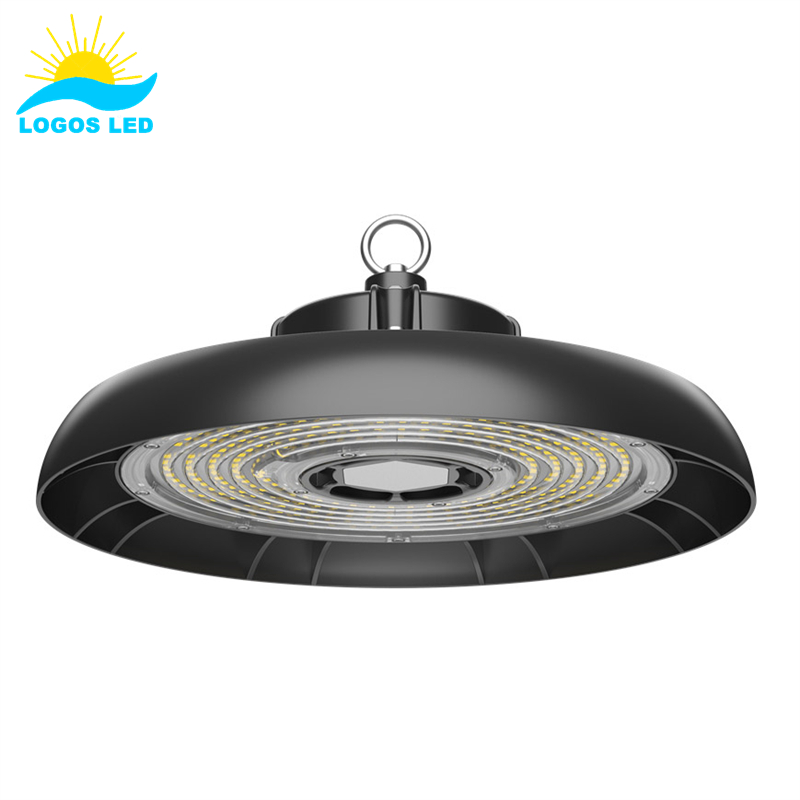

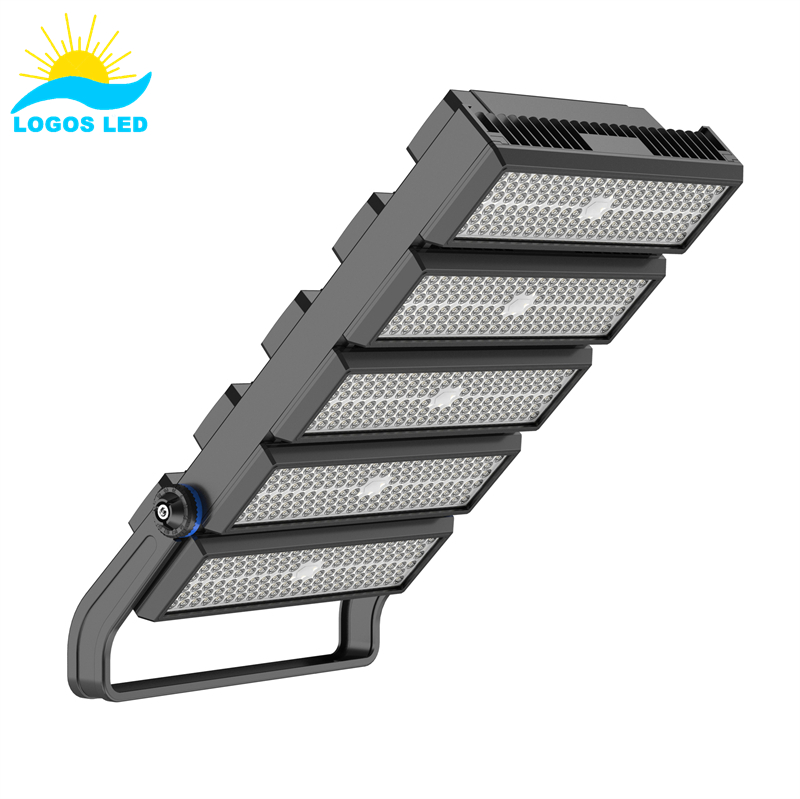
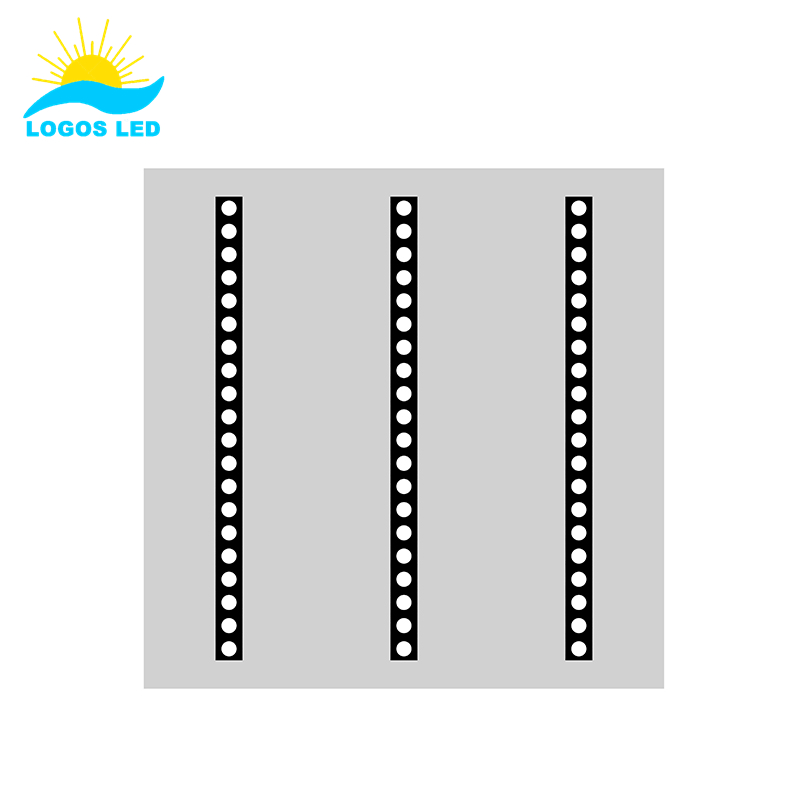
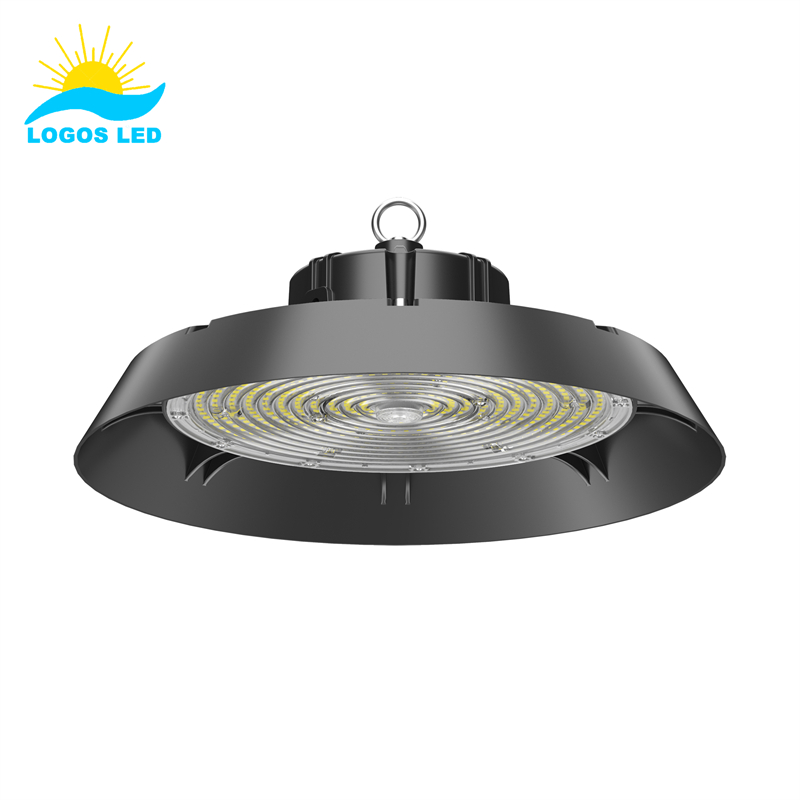
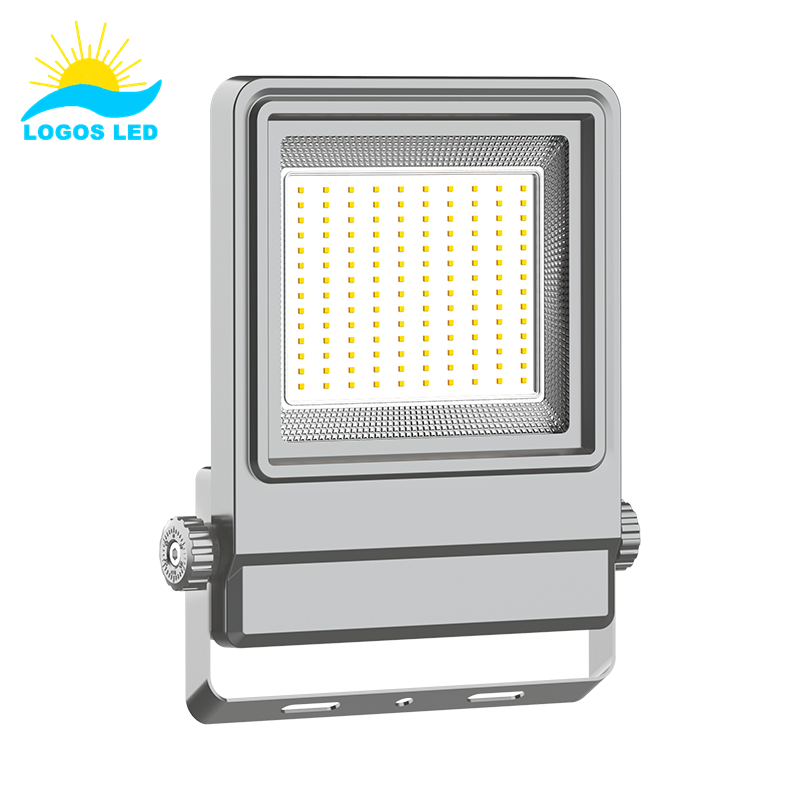

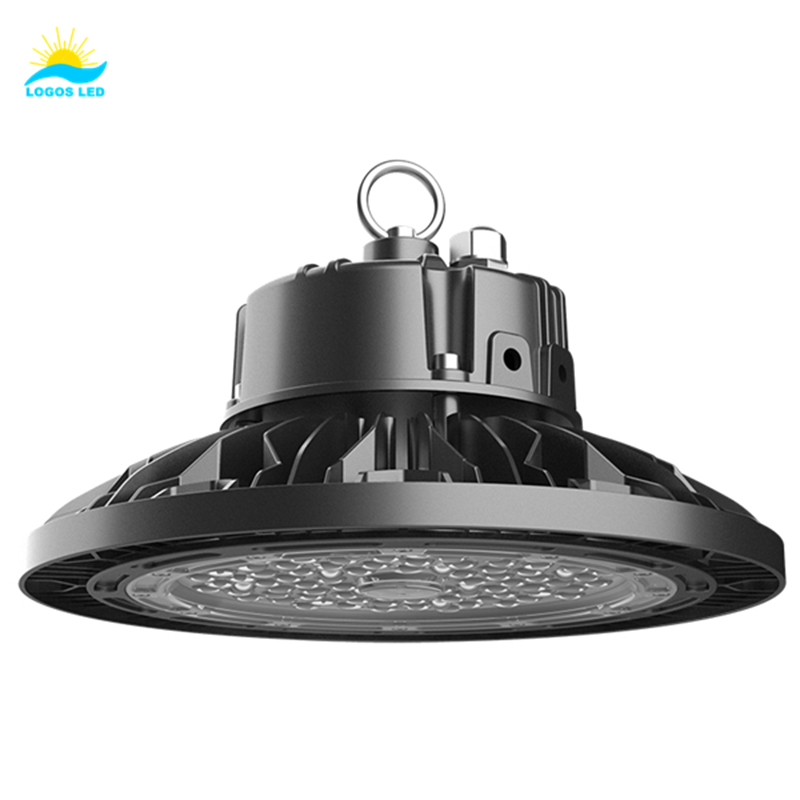
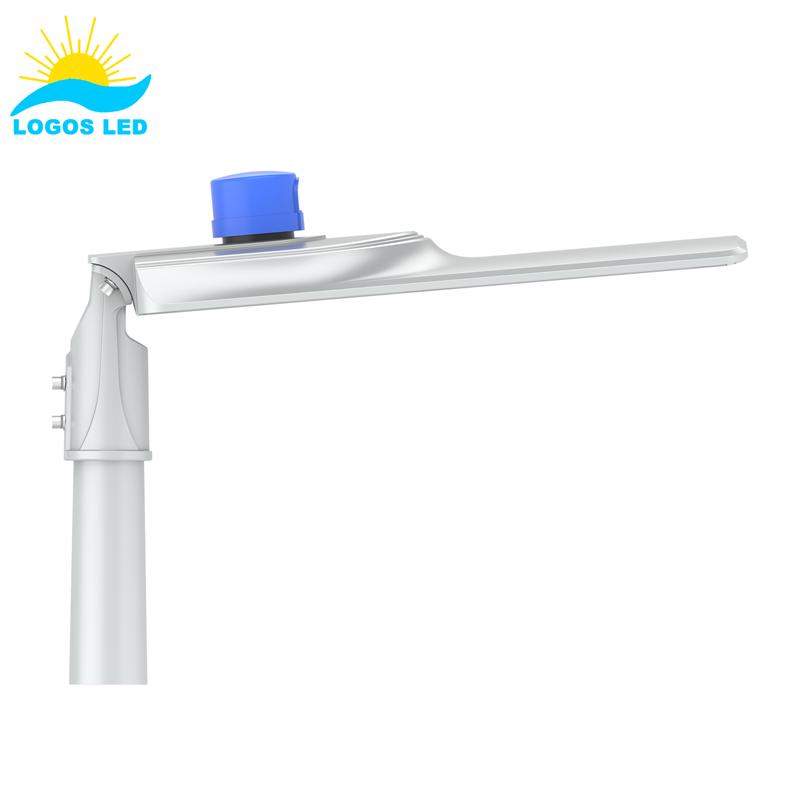
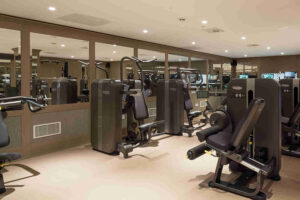

Leave a Reply
Your email is safe with us.